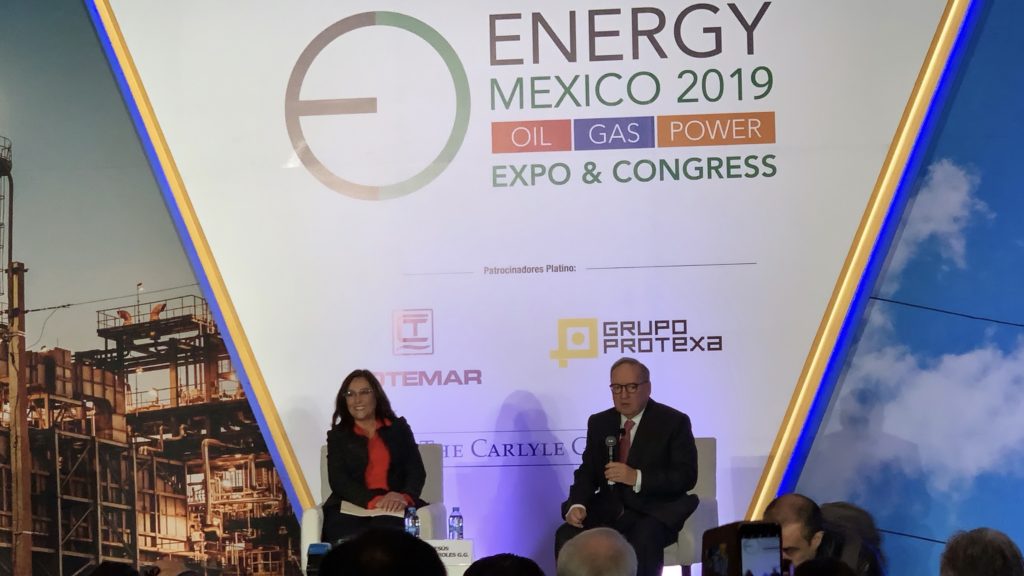Market participants and observers remain confident that despite the current impasse in Mexico’s power sector, the country will again attract investments in renewable energy that will tap its huge potential in solar, wind and even geothermal energy technologies.
Investments in the Mexican power sector have been on hold for over three years as changes in regulation have undermined investors’ confidence. The government’s efforts to privilege the state companies over the market are still ongoing. Congress is set to vote on a presidential initiative to modify the constitution in favor of the state utility CFE in the coming weeks, and the Supreme Court is analyzing previous attempts by the government to modify the law in favor of CFE.
And yet, some believe conditions in the country have never been more favorable.
“The moment to start looking into potential power deals in Mexico is now,” Dino Barajas, co-chair of project finance at law firm Baker Botts, told S&P Global Commodity Insights. “Valuations are low, and opportunities are there if you know where to look.”
Given its location and the transportation options across the border, Mexico is in an ideal position to supply some of the goods now being produced in Asia and that over the next few years will gradually be sourced regionally, Barajas said. Having cheap, reliable and clean energy is essential to fuel that industry.
“Mexico could again become the most attractive place in the world to invest in renewable energy, like it was only a few years ago,” he said.
Needs of Mexican companies
Reliable clean energy is not only needed to meet the demands of the export industry; local companies also depend on energy to remain competitive.
For decades, Mexican companies have looked for ways to find alternatives to CFE to get their energy, said Leopoldo A. Salinas, director of operations and risk at Mexico-based consultancy Acclaim Energy.
Companies, many of which are world champions in their respective industries, developed ways to partner with developers as their industries required high amounts of energy that was not subject to variations caused by the transmission network, Salinas said. Often, private generators were able to offer companies solutions that CFE could not.
Going forward, as companies are faced with increased obligations in terms of environmental, social and governance requirements, having access to clean energy will prove increasingly important to remain competitive, Salinas said.
“Mexico is wasting its potential,” he said, adding that just the wind potential is roughly 50GW. “When considering solar technology, Mexico could become a net exporter.”
Mexico’s total demand in 2021 peaked at little over 50GW/h, according to data from the Energy Secretariat, SENER. According to the data, Mexico has 7 GW of installed solar capacity, while wind energy amounts to 7.7 GW.
Plentiful resources
According to a report by the World Bank on the global photovoltaic power potential by country, Mexico ranks among the top 25 countries with the highest amount of resources, with roughly 5 MWh per square kilometer. In the Americas, Mexico stands in second place behind only Chile.
Barajas agreed with Salinas that the country’s solar potential is the brightest among the renewable technologies, as it is the quickest to install and has the smallest environmental footprint.
At some point, Mexico will have to change its current energy policy based on fossil fuels and transition into a generation matrix that prioritizes green fuels, either because the country faces energy deficits or because the market pushes it in that direction, Elié Villeda, country manager of US solar panel manufacturer First Solar, told S&P Global.
In 2021, Mexico exported roughly 1 million b/d of crude, mostly to the US, which contributed roughly 17% of the government’s revenues. At the same time, the county imported roughly 6 Bcf/d of gas, almost half of which was used to produce electricity, according to S&P Global data.
Mexico should play its regional role, both with North America and even with Central America, where regulation might be more flexible for the installation of new technologies, Villeda said, adding that the country should be thinking of how to more actively participate in the supply chains of new technologies, like India is doing in increasing its role in the manufacture of solar panels.
Mexico’s enviable conditions allow options that do not harm the environment, like increasing the presence of solar panels on rooftops, as France has done, Villeda said.
“The environment cannot wait,” he said. “We have to make the transition to clean energy. We better start soon.”


